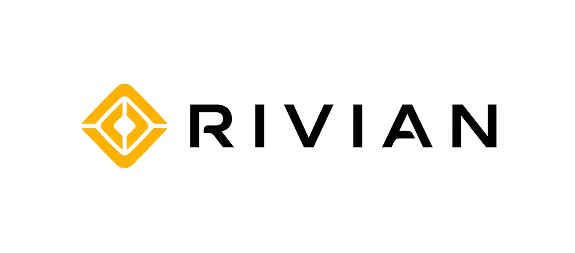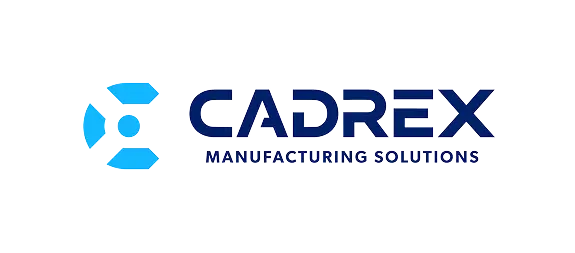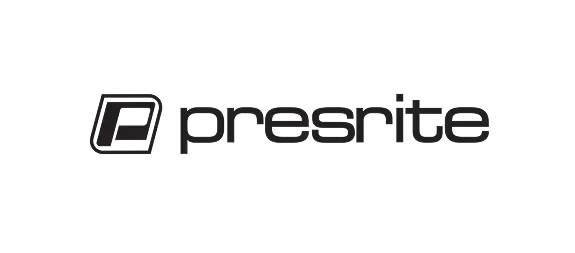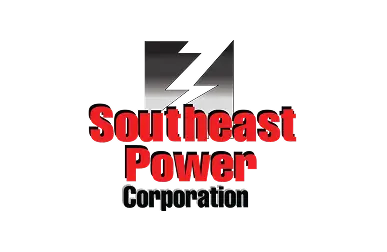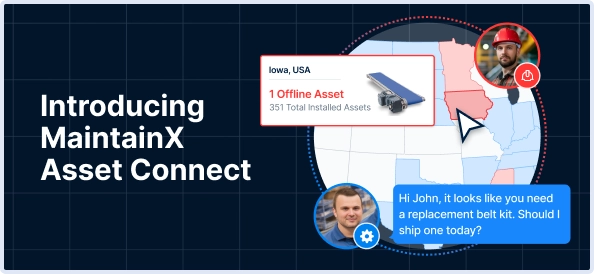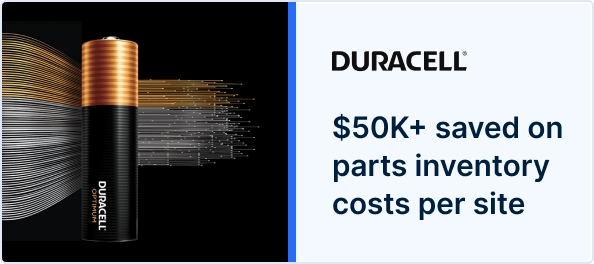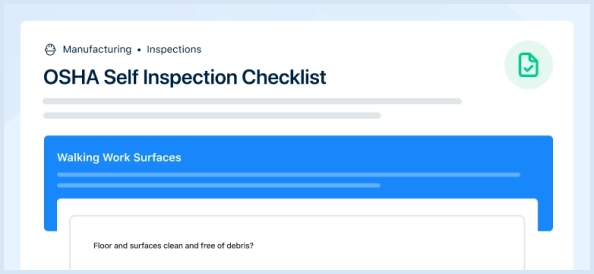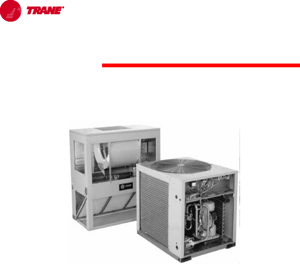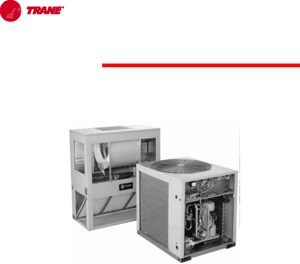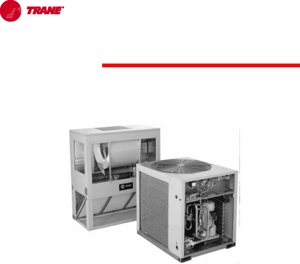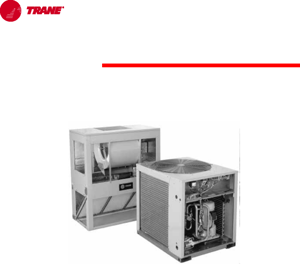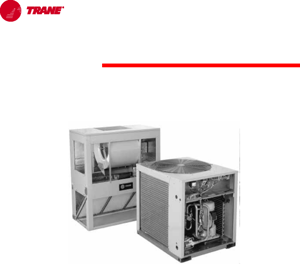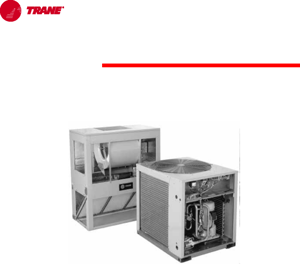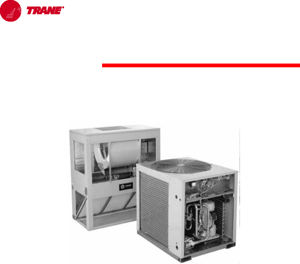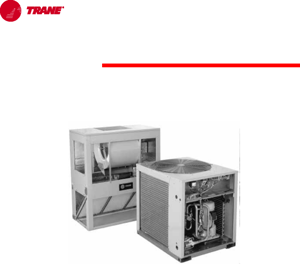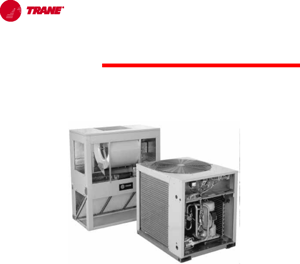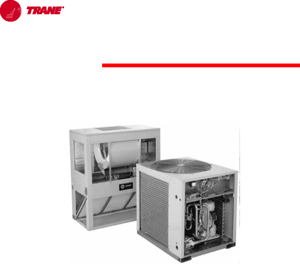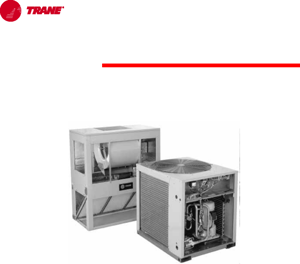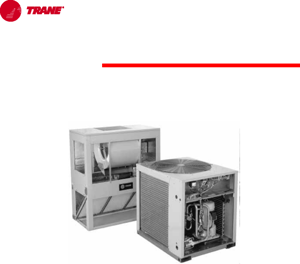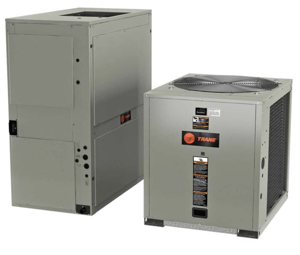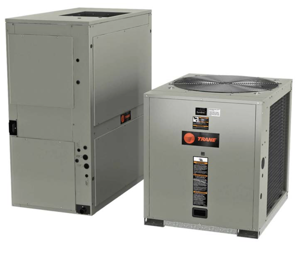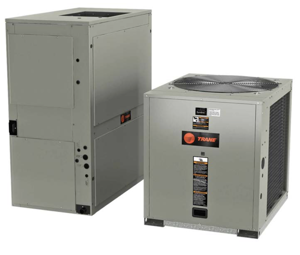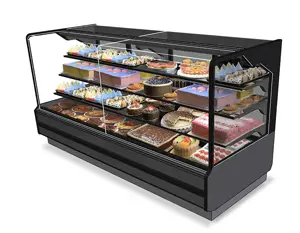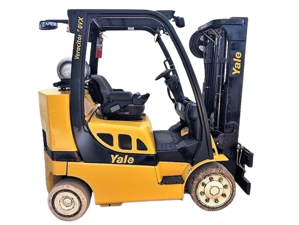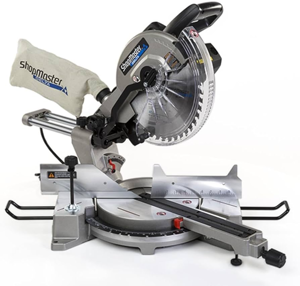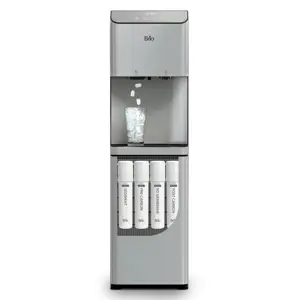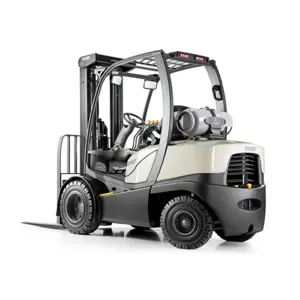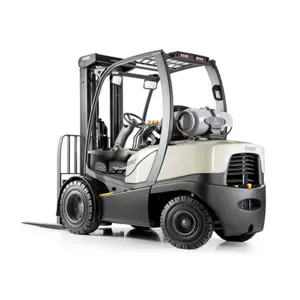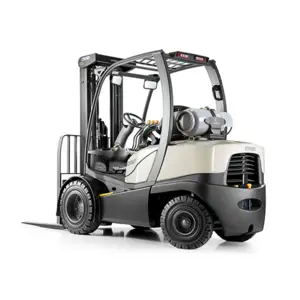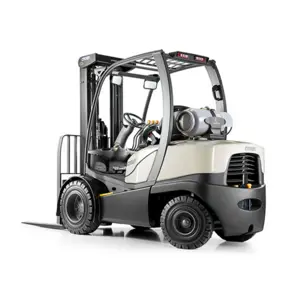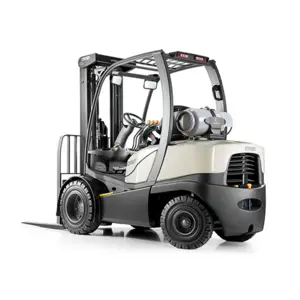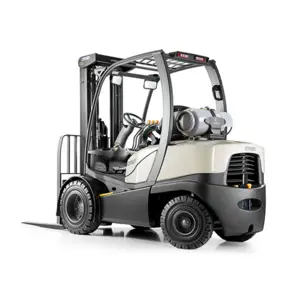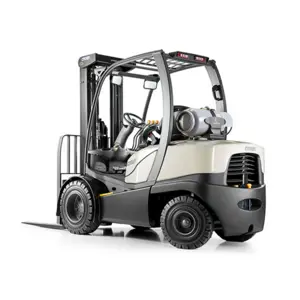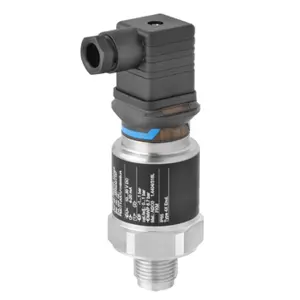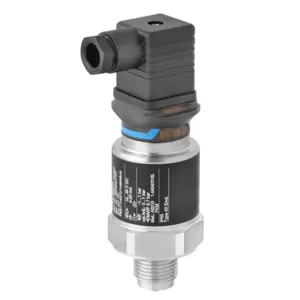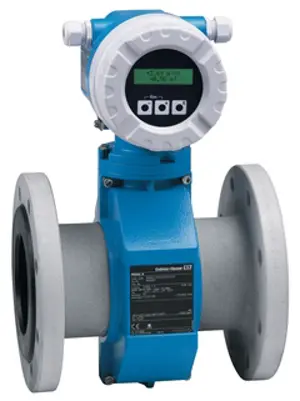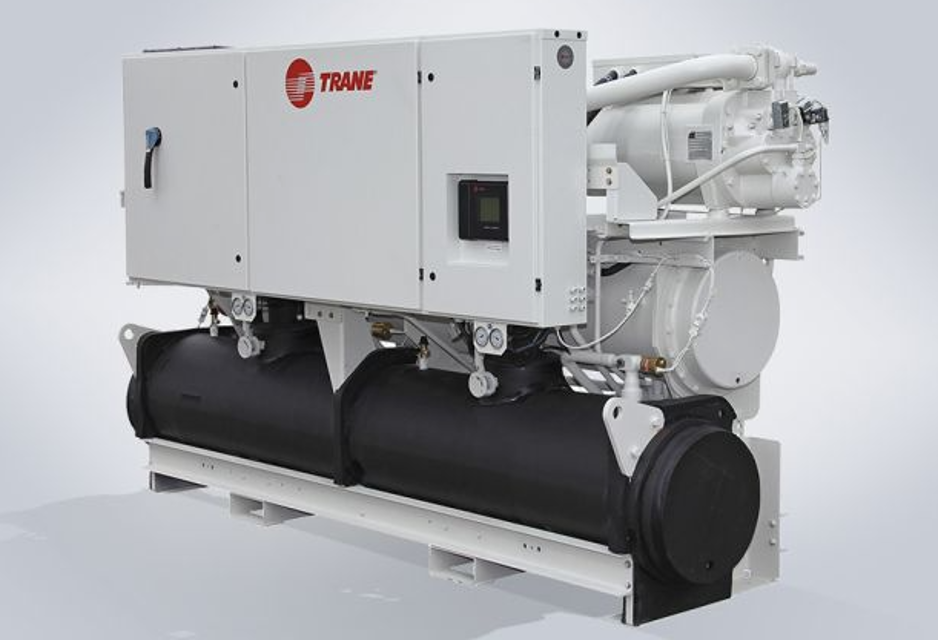

The Trane Stealth™ Air-Cooled Chiller SCWF42 is a high-efficiency cooling solution designed for industrial applications. This advanced chiller offers reliable performance and energy savings, making it ideal for various commercial environments. Experience superior cooling with Trane's innovative technology.
Turn manuals into instant answers
with your AI-powered assistantTurn manuals into instant answers
with your AI-powered assistant
Manual for Trane Stealth™ Air-Cooled Chiller SCWF42
Complete asset maintenance, one click away
Get instant access to all the maintenance information you need. Empower technicians to perform preventive maintenance with asset packages, ready to use right out of the box.
Documents & Manuals
Find all the essential guides in one place.
Tensioning Guide
Belt-diagram
C-120 pulleys
+ 13 more
Work Order Templates
Pre-built workflows to keep your asset running smoothly.
Daily Electrical System Inspection
Replace Roller and Pulley
Install Engine B-120
+ 29 more
Procedures
Integrate maintenance plans directly into your work orders.
Motion Industries
Applied Industrial Technologies
Electrical Brothers
+ 5 more
Parts
Access the parts list for your equipment in MaintainX.
Drive Motor
B2 Rollers
Tensioning System
+ 40 more

Trane Stealth™ Air-Cooled Chiller SCWF42
Create an account to install this asset package.
Maintenance Plans for Trane Stealth™ Air-Cooled Chiller Model SCWF42
Integrate maintenance plans directly into your work orders in MaintainX.
6 Monthly Drain Pan Maintenance
Check the condensate drain pan and drain line to ensure that the condensate drains properly at least every six months or as dictated by operating experience.
If evidence of standing water or condensate overflow exists, take steps to identify and remedy the cause immediately. Refer to the troubleshooting section of this manual for possible causes and solutions.
WARNING
Hazardous Voltage w/Capacitors!
Failure to disconnect power and discharge capacitors before servicing could result in death or serious injury.
Disconnect all electric power, including remote disconnects and discharge all motor start/run capacitors before servicing. Follow proper lockout/tagout procedures to ensure the power cannot be inadvertently energized. For variable frequency drives or other energy storing components provided by Trane or others, refer to the appropriate manufacturer's literature for allowable waiting periods for discharge of capacitors.
Verify with a CAT III or IV voltmeter rated per NFPA 70E that all capacitors have discharged.
For additional information regarding the safe discharge of capacitors, see PROD-SVB06 *- EN.
Clean drain pans using the following procedure:
Measuring Belt Tension Maintenance
Warning: This procedure requires a Browning, Gates, or equivalent belt tension gauge.
Measure belt span between centers of sheaves
Set the large 'O' ring of the tensioning gauge at 1/64 inch for each inch of belt span.
Set the load 'O' ring at zero.
Is the large end of the gauge at the center of the belt span?
Press down until the large 'O' ring is even with the top of the belt line or the next belt.
Place a straight edge across the sheaves as a reference point.
Reading from the load 'O' ring on the plunger scale
Check the reading against the values given
6 Monthly Fan Maintenance
WARNING: Hazardous Voltage w/Capacitors! Failure to disconnect power and discharge capacitors before servicing could result in death or serious injury. Disconnect all electric power, including remote disconnects and discharge all motor start/run capacitors before servicing. Follow proper lockout/tagout procedures to ensure the power cannot be inadvertently energized.
For variable frequency drives or other energy storing components provided by Trane or others, refer to the appropriate manufacturer's literature for allowable waiting periods for discharge of capacitors. Verify with a CAT III or IV voltmeter rated per NFPA 70E that all capacitors have discharged.
For additional information regarding the safe discharge of capacitors, see PROD-SVB06 *- EN.
Inspect the fan section every six months or more frequently if operating experience dictates. Clean accumulated dirt and organic matter on the fan interior surfaces using the following procedure:
Disconnect all electrical power to the unit.
Wear the appropriate personal protective equipment (PPE).
Use a portable vacuum with HEPA filtration to remove the loose dirt and organic matter. The filter should be 99.97% efficient at 0.3 micron particle size.
Thoroughly clean the fan and associated components with an industrial cleaning solution. Carefully follow the cleaning solution manufacturer's instructions regarding personal protection and ventilation when using their product.
Rinse the affected surfaces thoroughly with fresh water and a fresh sponge to prevent potential corrosion of metal surfaces.
The Condenser Cleaning
NOTICE: Proper Water Treatment Required! The use of untreated or improperly treated water could result in scaling, erosion, corrosion, algae or slime. Use the services of a qualified water treatment specialist to determine what water treatment, if any, is required. Trane assumes no responsibility for equipment failures which result from untreated or improperly treated water, or saline or brackish water.
Condensing water contains minerals that collect on the condenser tube walls. Cooling towers also collect dust and foreign materials that deposit in the condenser tube. The formation of scale or sludge in the condenser is indicated by a decreased water flow, low temperature difference between inlet and outlet water, and abnormally high condensing temperatures.
To maintain maximum condenser efficiency, the condenser must remain free of built-up scale and sludge. Clean the condenser either mechanically or chemically.
Disconnect all electrical power to the unit.
Wear appropriate personal protective equipment (PPE).
Access both sides of the coil section.
Use a soft brush to remove loose debris from both sides of the coil.
Use a steam cleaning machine, starting from the top of the coil and working downward. Clean the leaving air side of the coil first, then the entering air side. Use a block-off to prevent steam from blowing through the coil and into a dry section of the unit.
Repeat step 5 as necessary. Confirm that the drain line is open following completion of the cleaning process.
Adjusting Belt Tension
NOTICE: Do not over-tension belts as it could reduce fan and motor bearing life, accelerate belt wear and possibly cause shaft failure.
To adjust belt tension see Figure 42, p. 89 and perform the following procedure:
Loosen bolts A, B, and E on both sides of the sliding motor base. See Figure 43, p. 90.
Loosen nuts C and D (as required for motor horsepower) to slide the motor on its mounting plate in the proper direction to tension or relieve tension on the belt.
Adjust nuts A-D and bolt E. Do not stretch the belts over the sheaves.
Retighten all nuts and bolts.
Verify tension is adjusted properly.
Recommended belt tension range values are on the unit fan scroll. To access the fan scroll, face the righthand side of the unit and remove the top left panel. The belt tension label is on the top right-hand corner of the fan scroll. See Figure 43, p. 90
The correct operation tension for a V-belt drive is the lowest tension at which the belt will not slip under the peak load conditions. It may be necessary to increase the tension of some drives to reduce flopping or excessive startup squealing.
Parts for Trane Stealth™ Air-Cooled Chiller SCWF42
Access the parts list for your equipment in MaintainX.
Zone Temperature Sensor With Timed Override
BAYSENS073
Zone Temperature Sensor
BAYSENS020
Zone Temperature Sensor
BAYSENS074
Zone Sensor
BAYSENS108
Zone Temperature Sensor
BAYSENS019
Zone Temperature Sensor With Timed Override
BAYSENS073
Zone Temperature Sensor
BAYSENS020
Zone Temperature Sensor
BAYSENS074
Zone Sensor
BAYSENS108
Zone Temperature Sensor
BAYSENS019
Zone Temperature Sensor With Timed Override
BAYSENS073
Zone Temperature Sensor
BAYSENS020
Zone Temperature Sensor
BAYSENS074
Zone Sensor
BAYSENS108
Zone Temperature Sensor
BAYSENS019
Unlock efficiency
with MaintainX CoPilot
MaintainX CoPilot is your expert colleague, on call 24/7, helping your team find the answers they need to keep equipment running.
Reduce Unplanned Downtime
Ensure your team follows consistent procedures to minimize equipment failures and costly delays.
Maximize Asset Availability
Keep your assets running longer and more reliably, with standardized maintenance workflows from OEM manuals.
Lower Maintenance Costs
Turn any technician into an expert to streamline operations, maintain more assets, and reduce overall costs.
Thousands of companies manage their assets with MaintainX


